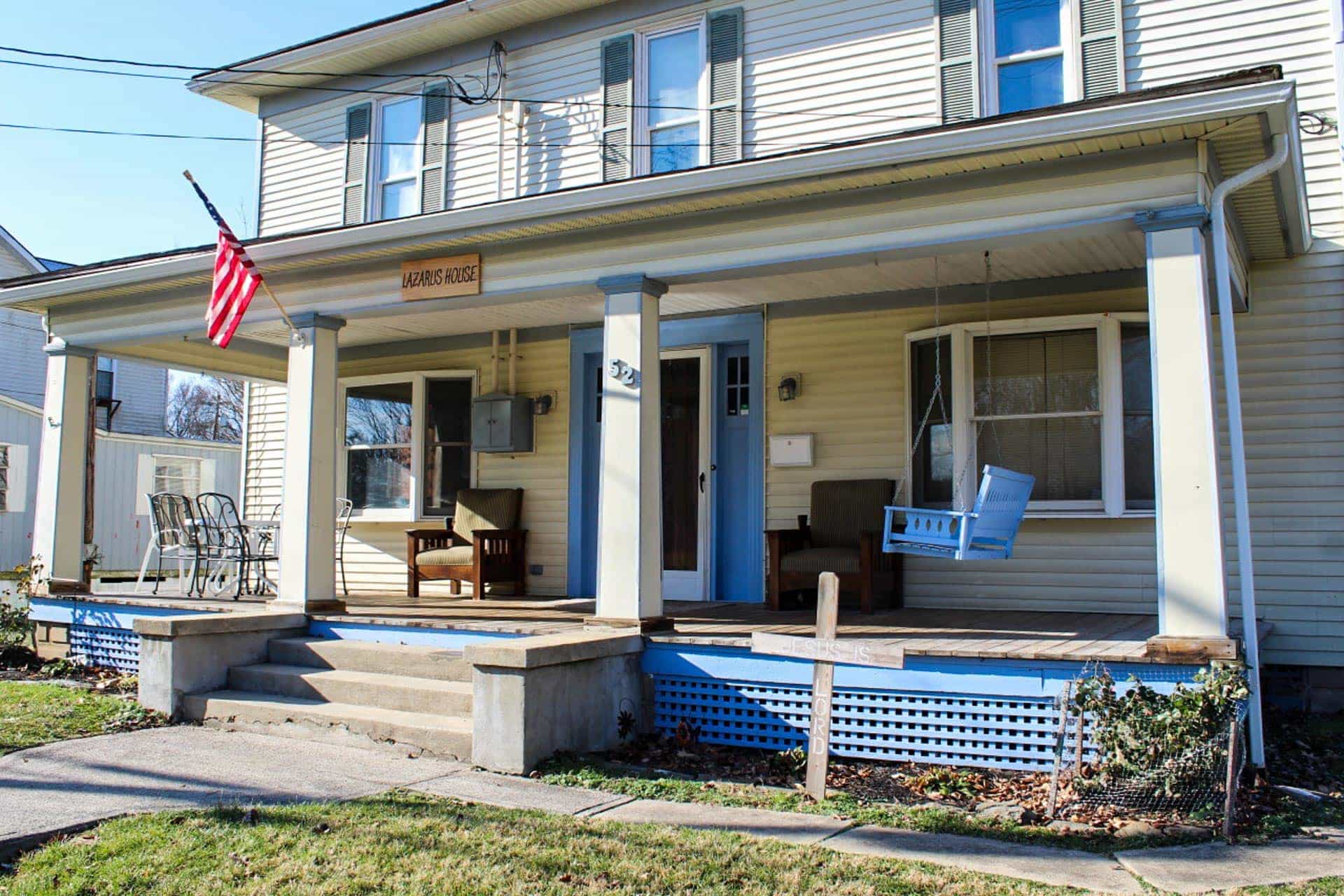


Augustine argued that Martha represents the church of the present which will someday pass away. One popular interpretation of this story comes from Augustine of Hippo (354 - 430). It is really thanks to Martha that Mary is praised.”Ĭyril of Alexandria (died 444) equated Martha with the Jews and Mary with Christians for whom only one thing was necessary for salvation. But you have chosen the good portion and read the whole day long and do not want to eat carnal food. We being carnal want to eat and that is why we work. “Because you are a spiritual man and do not need that kind of food. His abbot shut him in a cell with a book without food. He believed Jesus was saying there is a right time for listening, learning instead of wasting one’s time on things of the flesh.Ī rather humorous anecdote dating to the 4th century relates the story of an ascetic monk who refused to perform any labor. This was a handy invective of certain “heretics” such as Messalians who emphasized the inner life to an extreme degree.
#LAZARUS HOUSE MANUAL#
John Chrysostom (died 407) noted that some used the passage for condoning leading a life of leisure, eschewing all manual labor. A willingness to serve in the smallest thing is pleasing to God. One need not have many “dishes,” just a few are needed for the body. Martha received the Word through her physical act of service while Mary received Jesus spiritually through her attentiveness to His teachings.īasil of Caesarea (died 379) referenced the “few things” in the passage referring to food and drink that is prepared. One necessarily grew from one to the other but did not abandon action and service. Origen (died 253) “Action and contemplation do not exist one without the other.” He pictured Martha as representing a fledging Christian still largely concerned with the practical life while Mary represented the mature Christian. Two different words describe her distress – "worry", and "distract" – and Luke accordingly doubles her name and uses alliteration to draw attention to her anxious behavior (Greek: Μάρθα Μάρθα μεριμνᾷς, Martha, Martha, merimnas in Luke 10:41). To simplify, this is frequently interpreted as spiritual values being more important than material business, such as preparation of food. Martha is the householder (Luke 10:38) and the many “preparations” which distract her are rendered by the Greek word diakonia, a word used for services often associated with a particular office of an association, leading some commentators to imagine Martha’s business to be related to helping Jesus’ movement. Food, however, does not seem to be at play. Modern presuppositions about women’s domestic roles have often imagined Martha’s “preparations” to be related to food, placing her in the kitchen in this scene. Shifting gender expectations, as well as the views of primarily male interpreters, have led to a diversity of interpretations of this passage.


 0 kommentar(er)
0 kommentar(er)
